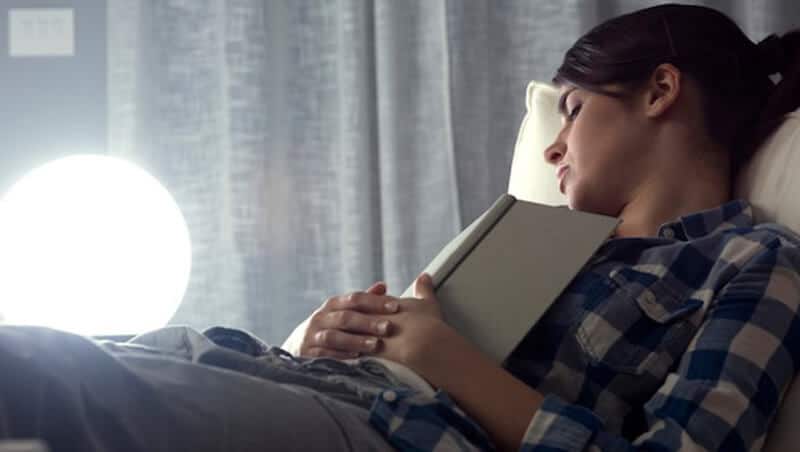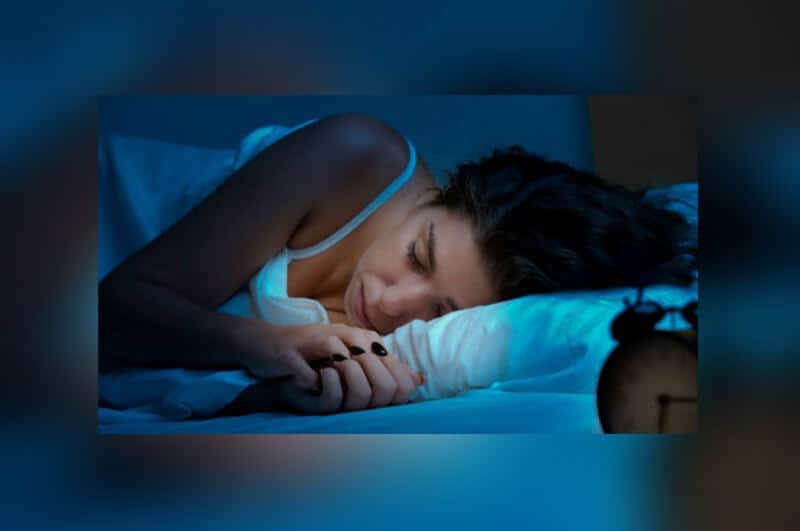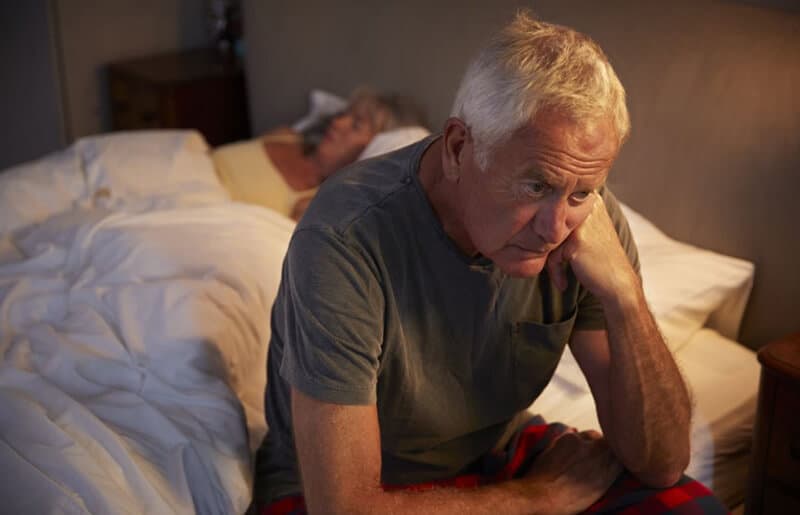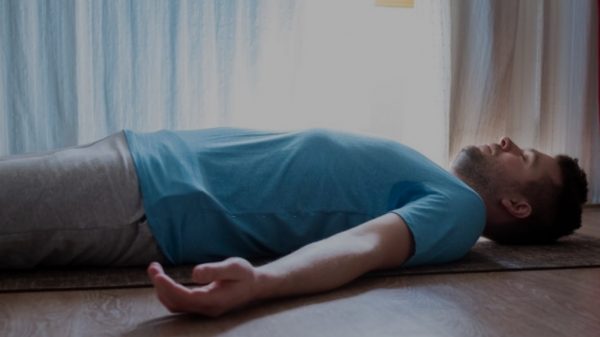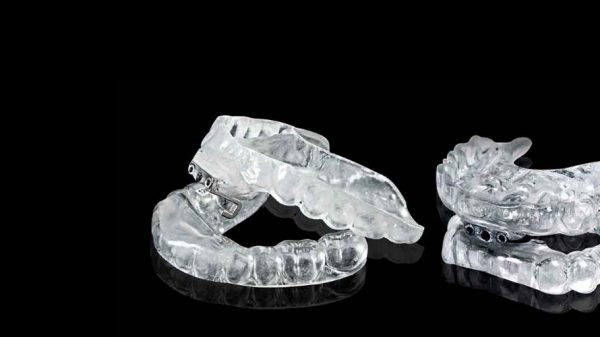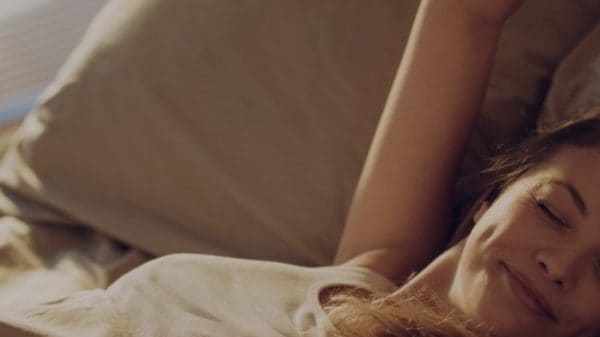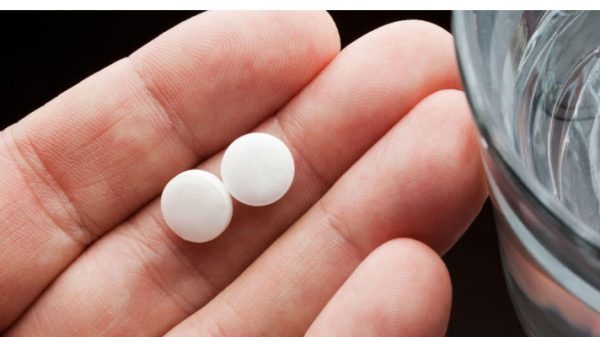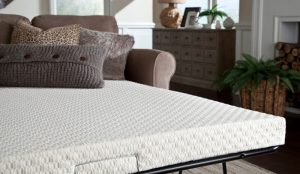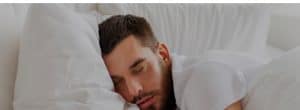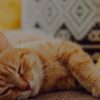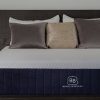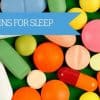Light treatment is a means to deal with the seasonal affective disorder (SAD) and certain other ailments by exposure to artificial light. SAD is a kind of depression that happens at a particular period every year, generally in the autumn or winter.
During light treatment, you sit or work close to a device known as light therapy for sleep. The box gives off a bright light that imitates natural outside lighting.
Light treatment is supposed to influence brain chemicals associated with sleep and mood, relieving SAD symptoms. Employing a light therapy box might also help with different kinds of depression, sleep disorders, and other ailments. Light treatment is also referred to as glowing light therapy or phototherapy.
How Light Impacts Your Sleep
Light plays a big part in your sleep cycle, even over many people recognize. The human body’s circadian clock exerts light for an indication of if to sleep and be alert, which regulates everything from hunger and metabolism, to hormone levels and immune function. Obviously, this developed long before people figured out how to produce light accessible at all hours of the day. We’ve got incredible lighting technologies today, but our bodies react to light as they’ve.
Why it is done
You might want to try light therapy for a number of reasons:
- Your physician recommends it for seasonal affective disorder or a different condition.
- You wish to try out a treatment that’s safe and has few side effects.
- You wish to boost the efficacy of antidepressant drugs or mental health counseling (psychotherapy).
- You have to prevent antidepressant drugs during pregnancy or while breastfeeding.
- It might enable you to have a lower dose of antidepressant drugs.
Light treatment is used as a remedy for many conditions, for example:
- SAD
- Kinds of depression which do not occur seasonally
- Jet lag
- Sleep disorders
- Adjusting to a night work program
- Dementia
The light treatment used to treat skin conditions like psoriasis differs from the kind of light treatment used for the states listed above. Light therapy for skin ailments uses a lamp which emits ultraviolet (UV) light. This sort of light ought to be filtered out from light therapy boxes used for SAD and other ailments since it can damage your skin and eyes.
Risks of light therapy for sleep
Light treatment is usually safe. If side effects occur, they are generally mild and short-lasting. They might include:
- Eyestrain
- Headache
- Nausea
- Irritability or agitation
- Mania, chills, hyperactivity or agitation related to bipolar disorder
When side effects do occur, they might go out on their own in a couple of days of beginning light treatment. You could also have the ability to handle side effects by lowering the treatment period, moving further from the lightbox, taking breaks through long sessions, or altering the time of day that you use light treatment. Speak with your physician for information if unwanted effects are an issue.
When to use warning
It is ideal to be under the care of a health practitioner whilst utilizing lightbox treatment. It is always a Fantastic idea to Speak to a Doctor Prior to beginning light treatment, but it is particularly important if:
Now you have a condition Which Makes your skin particularly sensitive to mild, for example, systemic Lupus erythematosus
You take drugs that increase your sensitivity to the sun, such as certain antibiotics, antiinflammatories or even the herbal supplement St. John’s Wort
Now you have an eye condition which makes your eyes vulnerable to light damage
Ultraviolet light
Light treatment boxes should be made to filter out damaging ultraviolet (UV) light, but a few might not filter out it. UV light can lead to eye and skin damage. Search for a light therapy box that emits as small UV light as you can. In case you have questions about light treatment along with your skin, then speak with your dermatologist.
Tanning beds: Not an Alternate
Some people today assert that tanning beds help alleviate seasonal affective disorder symptoms. But this has not been demonstrated to work. The UV light discharged by tanning beds can harm your skin and significantly improve your chance of skin cancer.
Caution for bipolar illness
Light treatment can trigger mania in some individuals with bipolar illness, so get advice from your physician prior to beginning light treatment. In case you have some worries about how light treatment might be affecting your mood or ideas, seek help straight away.
How you prepare
Although you do not require a prescription to obtain a light therapy box, then it is ideal to ask your health care provider or mental health provider if light treatment is a great alternative for you. Ask whether you have to take any particular precautions. Also, discuss which sort of light therapy box will best satisfy your requirements, so you receive the maximum benefit and minimize potential side effects.
Internet retailers, drugstores, and other shops offer you many different light therapy boxes. Get accustomed to the assortment of features and options on lightboxes to help make sure that you purchase a highquality product that’s safe and effective. Health
What you can anticipate
Beginning light treatment
Ordinarily, most individuals with a seasonal affective disorder start treatment with light therapy in the first autumn, as it generally becomes cloudy in several areas of the nation. Treatment usually lasts until spring, if outside lighting alone is enough to maintain a fantastic mood and high amounts of energy.
If you have autumn and winter depression, you might notice symptoms during protracted periods of rainy or cloudy weather during other seasons. You and your physician can correct your light treatment dependent on the time and duration of your symptoms.
If you would like to try light treatment for nonseasonal depression or another condition, speak with your physician about how light treatment could be effective.
During mild treatment
Throughout light treatment sessions, you either sit or work close to a lightbox. To work, light in the lightbox has to enter your eyes discreetly. You can not receive exactly the identical effect only by exposing your skin to the light.
Though your eyes have to be open, do not look straight in the box, since the bright light can damage your eyes. Make sure you follow your physician’s recommendations, along with also the manufacturer’s instructions.
Light treatment necessitates time and consistency. It is possible to place your lightbox on a desk or table in your house or workplace. This way, it is possible to read, use a computer, write, watch TV, chat on the telephone or eat while using the light treatment. Stick with your treatment schedule, and do not overdo it.
Three important elements for efficacy
Light treatment is the most effective once you have the appropriate mixture of mild intensity, length, and time.
- Intensity
The degree of the lightbox is listed in us, and it can be a measure of the total amount of light you get. To get SAD, the normal recommendation would be to utilize a 10,000lux lighting box at a distance of approximately 16 to 24 inches (41 to 61 centimeters) in the face.
- Duration
Having a 10,000lux lightbox, light treatment generally entails daily sessions of approximately 20 to half an hour. However, a lower intensity lightbox, for example, as 2,500 lux, may require longer periods.
Check the company’s instructions and follow your physician’s directions. They may recommend you begin with shorter periods and slowly increase the time.
- Timing
For many people, light treatment is most successful when it is done early in the morning after you first wake up. Your health care provider can help you decide the mild therapy schedule, which works best.
Results
Light treatment likely will not cure seasonal affective disorder, nonseasonal depression, or other problems. But it might ease symptoms, boost your energy levels, and also allow you to feel better about life and yourself.
Light treatment is able to begin to improve symptoms in only a couple of days. Sometimes, however, it may take at least two weeks.
Getting the maximum from light treatment
Light treatment is not effective for everybody. However, you can take action to get the absolute most from your light treatment and make it a success.
Get the ideal box
Do a little research and speak with your physician prior to purchasing a light therapy box. This way, you can make certain your lightbox is secure, the suitable brightness, the ideal sort of lighting, and that it’s design and features make it easy to use.
Be consistent
Stick to a daily regimen of light treatment sessions to help make sure that you keep improvements with time. If you just can not do light therapy daily, have a day or two off, however, track your mood and other symptoms you might need to discover a way to match in mild therapy daily.
Track the time
Should you disrupt light therapy through the winter months or stop too soon in the spring, once you are advancing, your symptoms might return. Keep an eye on when you begin lightbox treatment in the autumn and when you cease in the spring so that you know when to begin and finish your light treatment the subsequent calendar year.
Contain other therapy
If your symptoms do not improve enough with a mild treatment, you might require further therapy. Speak with your doctor about other treatment options, like antidepressants or psychotherapy.
The Negative Consequences of Poor Sleep
In the short-term, sleep deprivation affects our mood and leaves us alert, so we’re less effective and more inclined to create erratic decisions. In the longterm, chronic sleep difficulties bring about numerous other bodily health problems. Here’s a closer look in 3 of the Main negative health effects related to chronic sleep:
Weight gain: Becoming tired every day isn’t any way to get in better shape. Epidemiological data indicate a strong correlation between weight reduction with either too little or too much sleep. Additionally, a massive base of clinical signs indicates a strong link between short sleep cycles and Type II diabetes. Sleep deprivation has also been demonstrated to reduce leptin, an essential appetite-suppressing hormone. Leptin acts as a type of inner gas gauge, so if it is thrown away by unusual sleep patterns, it is more difficult to control if you have to consume.
More inflammation: Inflammatory markers are observed in those who have sleep disturbance problems in addition to overly long sleep durations. This emphasizes the fact that both too small and too much sleep can lead to inflammation.
Worse cognitive functioning: There is a general consensus of specialists that lack of sleep results in slower reaction times, diminished endurance, and also an increased variability in functionality. A recent study indicates sleep deprivation can especially affect cognitive capabilities, which rely on psychological data, making sense to anybody who’s been tired and tired as a result of insufficient sleep.
How Blue Light Keeps You Up at Night
Not all light is identical, and a few forms are a ton better than many others for sleeping. Depending on the graph above, it is possible to see that the blue lighting has a high color temperature. Therefore our body has a reaction to it, such as bright daylight sunshine. The majority of our electronics have displays that exude blue lighting, and if you sit in the front of a glowing screen for hours, your system receives the message it is time to become wide awake.
If you jump into bed and try to fall asleep immediately after, it is hard for the body to adapt, even in the event that you’ve been tired all day. This Report goes deeper into the consequences of excessive blue light exposure If You Would like to Learn More
How Red Light Can Help You Sleep Better
Specialized photosensitive cells called ipRGCare are observed in the retina of their eyes. These cells have the capability to detect any light and send messages right into a component of the brain that helps regulate the body’s circadian clock. This is truly the body’s master clock, that may help determine when people feel alert and exhausted. These ipRGC cells are most sensitive to blue wavelengths of light and sensitive to red wavelengths.
In only about any measure of this research, the hamsters exposed to blue light will be off the worst, followed closely by individuals exposed to white light. While complete darkness was best, the red light was not quite as poor as a different wavelength analyzed.

